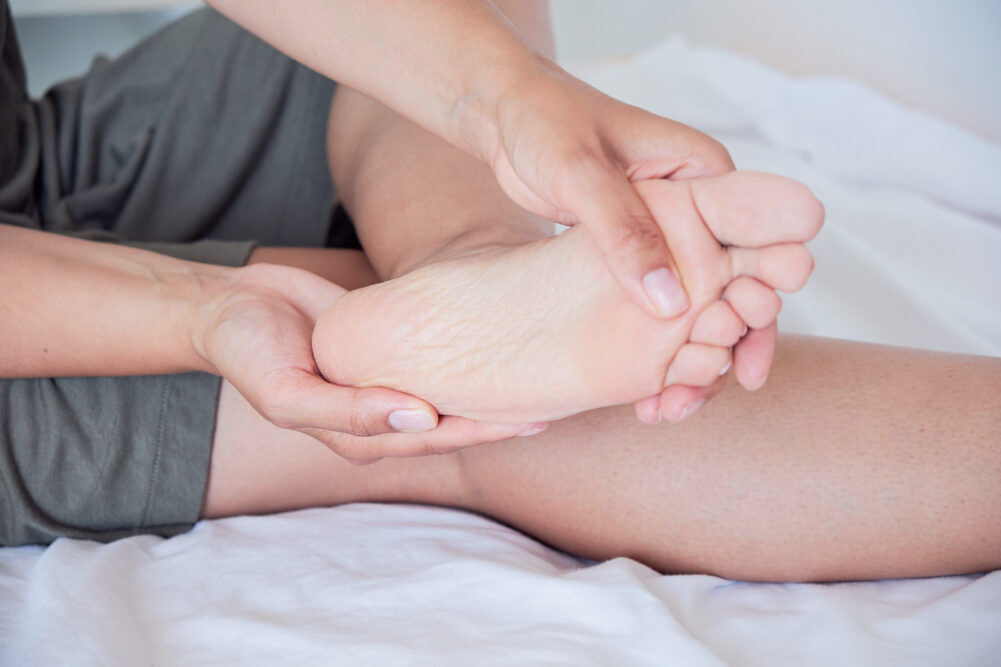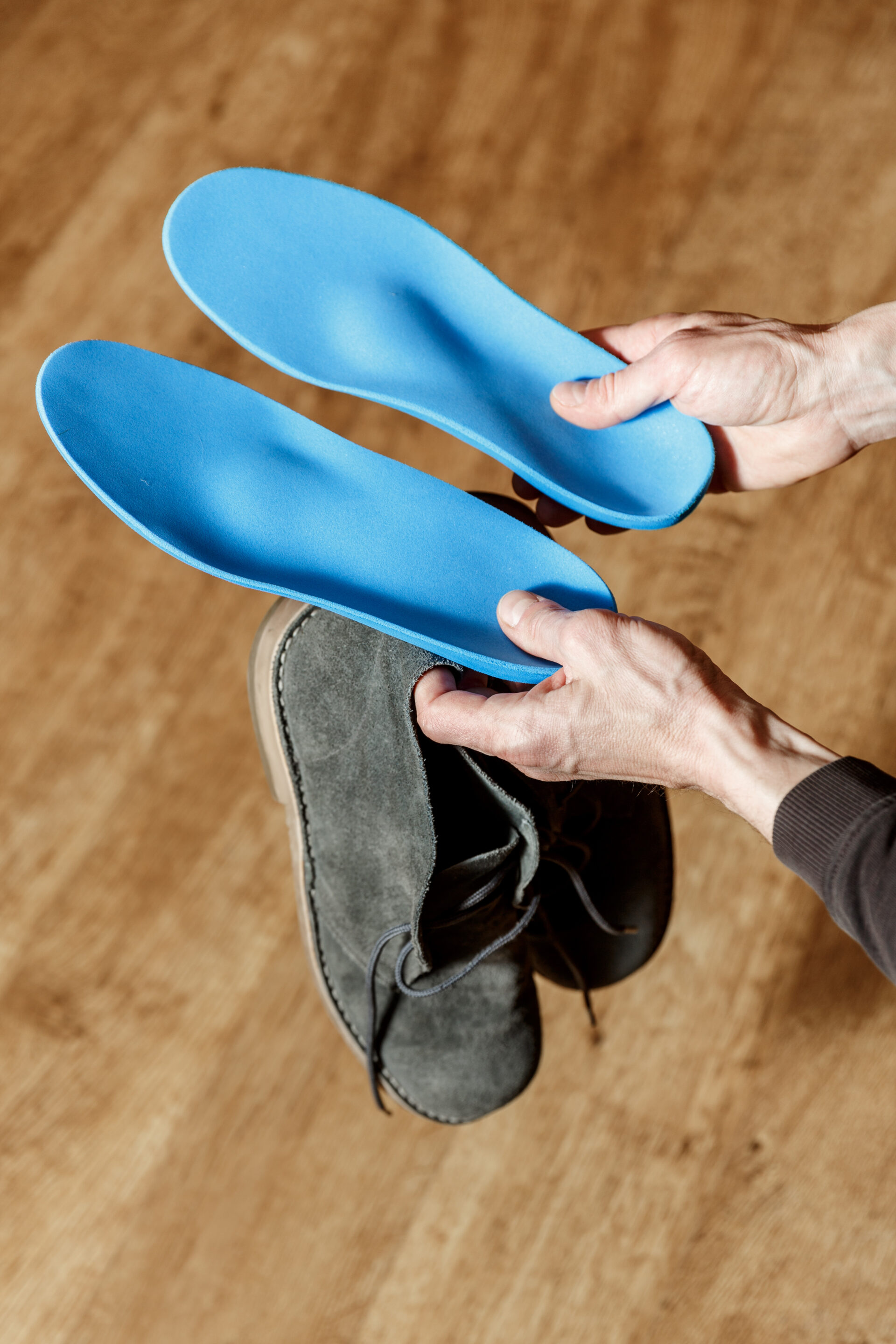Capsulitis
Capsulitis is a medical condition characterized by inflammation of the joint capsule, which surrounds and protects the joints. It most commonly affects the joints of the feet, particularly the second toe.
The condition can be painful and debilitating, impacting daily activities such as walking and standing.
Early diagnosis and treatment are essential in managing the symptoms and preventing further damage to the affected joint. In this article, we will explore the causes, symptoms, and treatment options available for capsulitis.
What is Capsulitis?
Capsulitis is a medical condition that involves inflammation of the joint capsule, which is a thick fibrous tissue that surrounds and protects the joints. This condition is commonly found in the feet, particularly the second toe, but can occur in other parts of the body as well. Capsulitis is also known as “adhesive capsulitis” or “frozen joint syndrome.”
The inflammation can lead to the tightening of the capsule, which restricts movement and can cause pain, stiffness, and difficulty in walking or performing daily activities. The condition can be acute or chronic, and early diagnosis and treatment are essential in preventing further damage to the joint. Capsulitis can be caused by various factors, including trauma, repetitive strain injury, and underlying medical conditions such as rheumatoid arthritis.
Symptoms of Capsulitis
Capsulitis can cause a range of symptoms that can vary depending on the location and severity of the condition. However, common symptoms of capsulitis include:
- Pain in the affected joint, which can be sharp or dull.
- Swelling and inflammation around the joint.
- Stiffness and limited range of motion.
- Difficulty in walking or performing daily activities.
- A sensation of instability or “looseness” in the joint.
- Redness or discoloration around the affected area.
- Tingling or numbness in the affected area.
If left untreated, capsulitis can lead to chronic pain and joint deformity, which can significantly impact the quality of life. It is essential to seek medical attention if you experience any of these symptoms to diagnose and manage the condition effectively.
What Causes Capsulitis?
Capsulitis can be caused by various factors, including:
- Trauma: A direct impact or injury to the joint can cause capsulitis.
- Repetitive strain injury: Repeated stress on the joint due to activities such as running, jumping, or standing for prolonged periods can lead to inflammation and damage to the joint capsule.
- Excessive toe bending: This can happen when you are crouching on your toes to pick up a ball during a golf game, pull some weeds in the garden, or fix electrical outlets for your occupation. Wearing high heels and low flats can also overstretch the ligaments at the base of your toes.
- Footwear: Wearing ill-fitting or tight shoes can put pressure on the toes and lead to capsulitis.
- Inflammatory conditions: Medical conditions such as rheumatoid arthritis, gout, or lupus can cause inflammation and damage to the joint capsule.
- Genetic factors: Some people may have a genetic predisposition to develop capsulitis.
- Foot structure: People with high arches or flat feet may be more prone to developing capsulitis. The ball of the foot behind a certain toe joint may take on more pressure than other areas, and a second toe that is longer than the big toe can cause capsulitis.
- Other conditions: Bunions, hammertoes, and tight calf muscles can also be factors in this condition.
- Age: As people age, the joint capsules can become less flexible, increasing the risk of developing capsulitis.
It is important to identify the underlying cause of capsulitis to determine the most appropriate treatment plan.
Treatment Options for Capsulitis
Treatment for capsulitis aims to reduce pain and inflammation, improve joint mobility, and prevent further damage to the affected joint. Early diagnosis and treatment are essential to managing the condition effectively. Here are some treatment options available for capsulitis:
The RICE Method
The RICE method is a common first-line treatment for capsulitis. RICE stands for rest, ice, compression, and elevation.
Resting the affected foot can help reduce stress on the joint and promote healing. Ice packs can help reduce inflammation and relieve pain. Compression can help reduce swelling and promote blood flow to the affected area, and elevation can help reduce swelling by allowing fluids to drain away from the area.
NSAIDs
Nonsteroidal anti-inflammatory drugs (NSAIDs), such as ibuprofen or naproxen, can help reduce pain and inflammation associated with capsulitis. They can be purchased over-the-counter or prescribed by a doctor.
Taping or Splinting
Taping or splinting the affected toe can help keep it in a fixed position, reducing stress on the joint and promoting healing.
Stretching
Stretching exercises can help improve joint mobility and prevent the joint capsule from tightening. A physical therapist can provide guidance on appropriate stretching exercises.
Shoe Change
Wearing proper footwear with a wide and deep toe box can help reduce pressure on the toes and prevent the development of capsulitis.
Custom Orthotics
Custom-made orthotics can help correct foot alignment and reduce stress on the affected joint.
Surgery (If the Toe has Shifted)
If the joint has shifted or there is a severe deformity, surgery may be necessary to correct the problem. Surgery can involve removing damaged tissue, realigning the joint, or fusing the bones together.
It is important to consult with a healthcare professional to determine the most appropriate treatment plan based on capsulitis’s severity and underlying cause.
Need Help? Contact Us Today
Get expert-level relief from Premier Podiatry and Orthopedics. Our team of highly trained podiatrists and orthopedic specialists is dedicated to providing comprehensive care for all types of foot and ankle conditions, including capsulitis.
We offer a range of diagnostic and treatment options, including advanced imaging technologies and minimally invasive procedures, to help our patients achieve optimal outcomes. Our goal is to relieve your pain and improve your quality of life.
If you are experiencing symptoms of capsulitis, do not suffer in silence. Contact us today to schedule an appointment and get the expert-level relief you deserve. We are committed to providing personalized and compassionate care to every patient.
Looking to schedule an appointment with a physician?
Carmichael Office
6620 Coyle Avenue,
Suite 202
Carmichael, CA 95608
Roseville Office
576 N Sunrise Avenue,
Suite 230
Roseville, CA 95661
Folsom Office
1580 Creekside Drive,
Suite 100 & 110
Folsom, CA 95630
Social
© Premier Podiatry & Orthopedics. All Rights Reserved. | Privacy Policy


